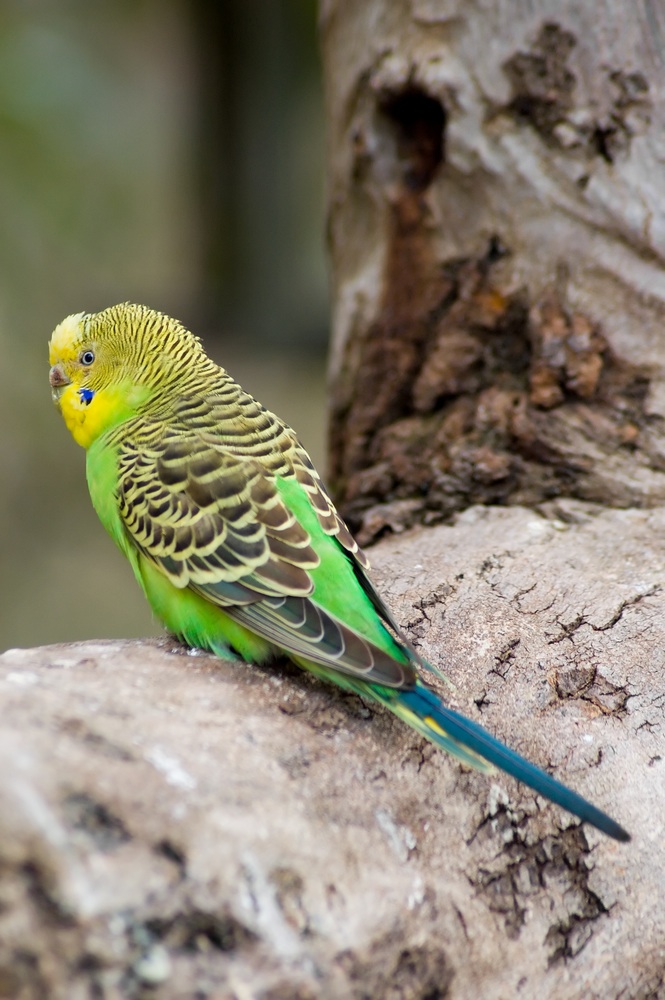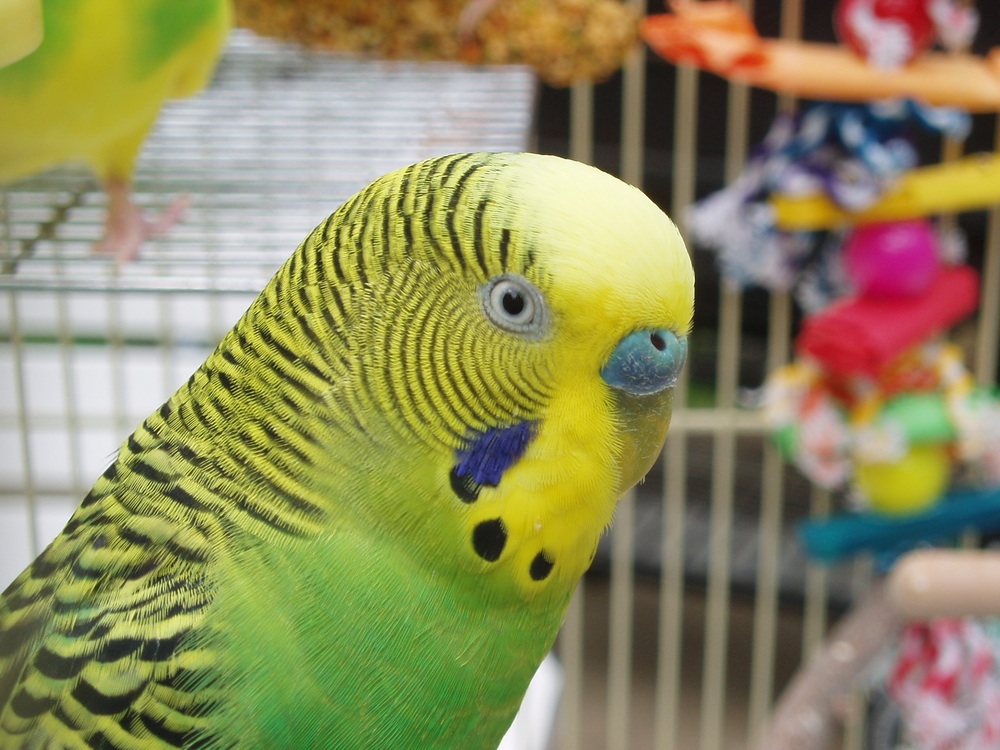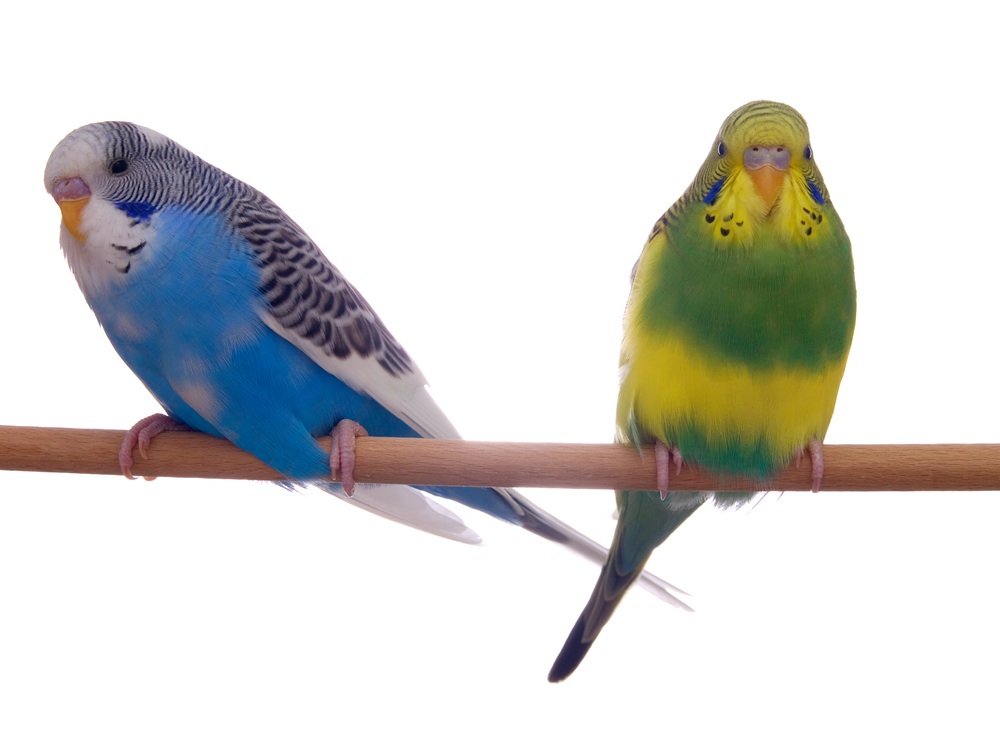The Great Chatterer

The remoteness of Australia in the 1700s meant that it was originally used as a convict settlement. There was much that was new in this remote southern outpost however, where the flora and fauna differed greatly from that seen in Europe. Against this background, a chance discovery by a convicted fraudster called Thomas Watling was to revolutionise pet-keeping through the world. He had been transported to Australia in 1788 for counterfeiting banknotes. Before long, he was appointed to be the assistant to the colony's physician, Dr. James White.
One day, White himself was amazed to be greeted with the words “How do you do, Dr. White ?” when he entered Watling's quarters. Watling himself was nowhere to be seen, and it took the doctor a few moments to realise that the greeting had come from Watling's bird, which was called a Betcherrygah, based on its aboriginal name. Today, such parakeets are better known to millions around the world as budgerigars.

It was not until the 1840s however, following the return of the explorer John Gould to Europe with a pair of these parakeets that they were first seen alive in Europe, and news of their powers of mimicry fascinated the growing, prosperous middle classes. Budgerigars were soon popular parlour pets, and by the turn of the century, huge breeding establishments housing as many as100,000 birds had been set up in France to meet the demand for these fashionable, feathered pets. At this stage, the emergence of new colours aside from the native light green form was raising the budgerigar's popularity to new heights.
Sparkie Williams
The powers of mimicry of these parakeets continued to be a constant source of fascination, and it was soon clear that some individuals were much more talented as mimics than others . . or perhaps it was the way that they were taught? The BBC organised a competition for talking birds of all types in 1959, which was won by a light green budgerigar called Sparkie, who had been acquired as a youngster by his owner, Mrs. Mattie Williams from Forest Hill on Tyneside.
Sparkie mastered no less than 531 words, 383 sentences and eight complete nursery rhymes. He became something of a national celebrity after his win, touring the country with his owner and making a record which sold over 20,000 copies. His fame even continued after his demise in 1962, at the age of eight years old, and today, Sparkie can now be seen in the Great North Museum: Hancock, thanks to the skill of taxidermy.
Operatic commemoration
In a remarkable postscript, an opera called Sparkie: Cage and Beyond by the well-known British composer Michael Nyman, which premiered in March 2009 at the Berlin Festspiele, commemorates his life. Nyman was inspired having heard Sparkie's recording, entitled Pretty Talk, and a manuscript about his life, extending over some 173 pages which had been written by his owner in 1973.

No-one knows just why some birds turn out to be much better mimics than others, but it does appear that the age of the budgerigar and the skills of its teacher are both very important. Coloration has no significance however, but gender does has an impact, with cock birds usually turning out to be better mimics than hens.
Budgerigars are most responsive to training when they have recently left the nest, from six weeks of age of onwards, and studies have shown that they find it easier to mimic the voices of children and women. Mrs. Williams, who taught Sparkie, started by breaking down the nursery rhymes into individual lines, gradually building these up into verses and finally the whole rhyme. It's clear that if you want a champion chatterbox therefore, then you need to have considerable patience.